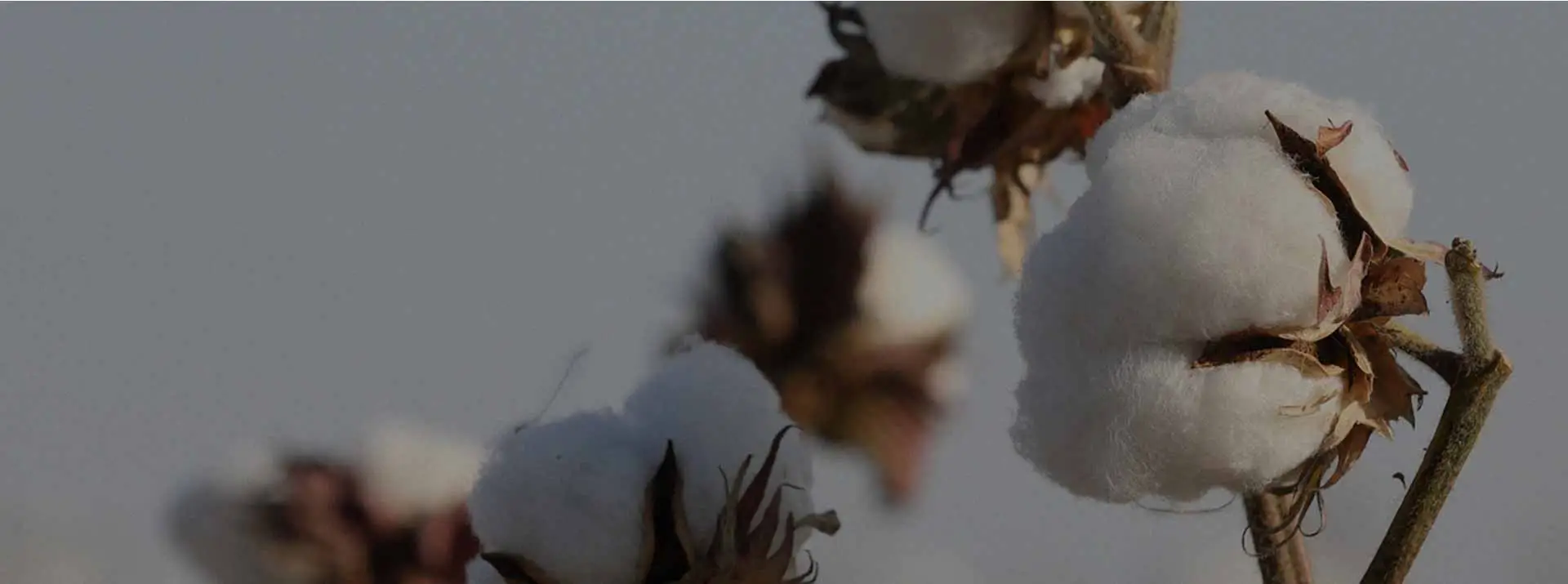Spunlace nonwoven fabric is widly used to make medical curtain, surgical mask, garment lining cloth, towel, cosmetic cotton masking covering marterial, ect. Its advantagles includes:
enviromental protection, biodegradable.
Dust free, no fiber shedding in use to ensure the quality of wiping.
The fiber net is uniform and has excellent vertical and horizontal tension.
The material is soft and will not scratch or damage the surface of the cleaning objects.
Super absorbert capacity, four times faster than ordinary cotton cloth.
Remove water stains and oil stains efficiently
Environmental Friendliness and Biodegradability: Spunlace nonwoven fabric is eco-friendly and biodegradable, aligning with sustainable and green practices in the cosmetic industry.
Dust-Free and No Fiber Shedding: The fabric is virtually dust-free and does not shed fibers during use, ensuring high-quality wiping without the risk of contaminating cosmetic products.
Uniform Fiber Net: Spunlace nonwoven fabric has a consistent and uniform fiber network that provides excellent vertical and horizontal tension, making it a durable material for cosmetic applications.
Surface Safety: The fabric is soft and non-abrasive, making it gentle on the skin and surfaces. It will not scratch or damage the surface of cleaning objects, making it suitable for delicate cosmetic use.
Superior Absorbency: Spunlace nonwoven fabric has exceptional absorbent capacity, being four times faster than ordinary cotton cloth. This high absorbency efficiently removes water stains and oil stains, making it highly effective for cosmetic cleansing and wiping purposes.
These advantages make spunlace nonwoven fabric an ideal choice for cosmetic products such as facial masks, cleansing wipes, and cotton pads, ensuring high-quality, effective, and environmentally conscious solutions for skincare and hygiene.
